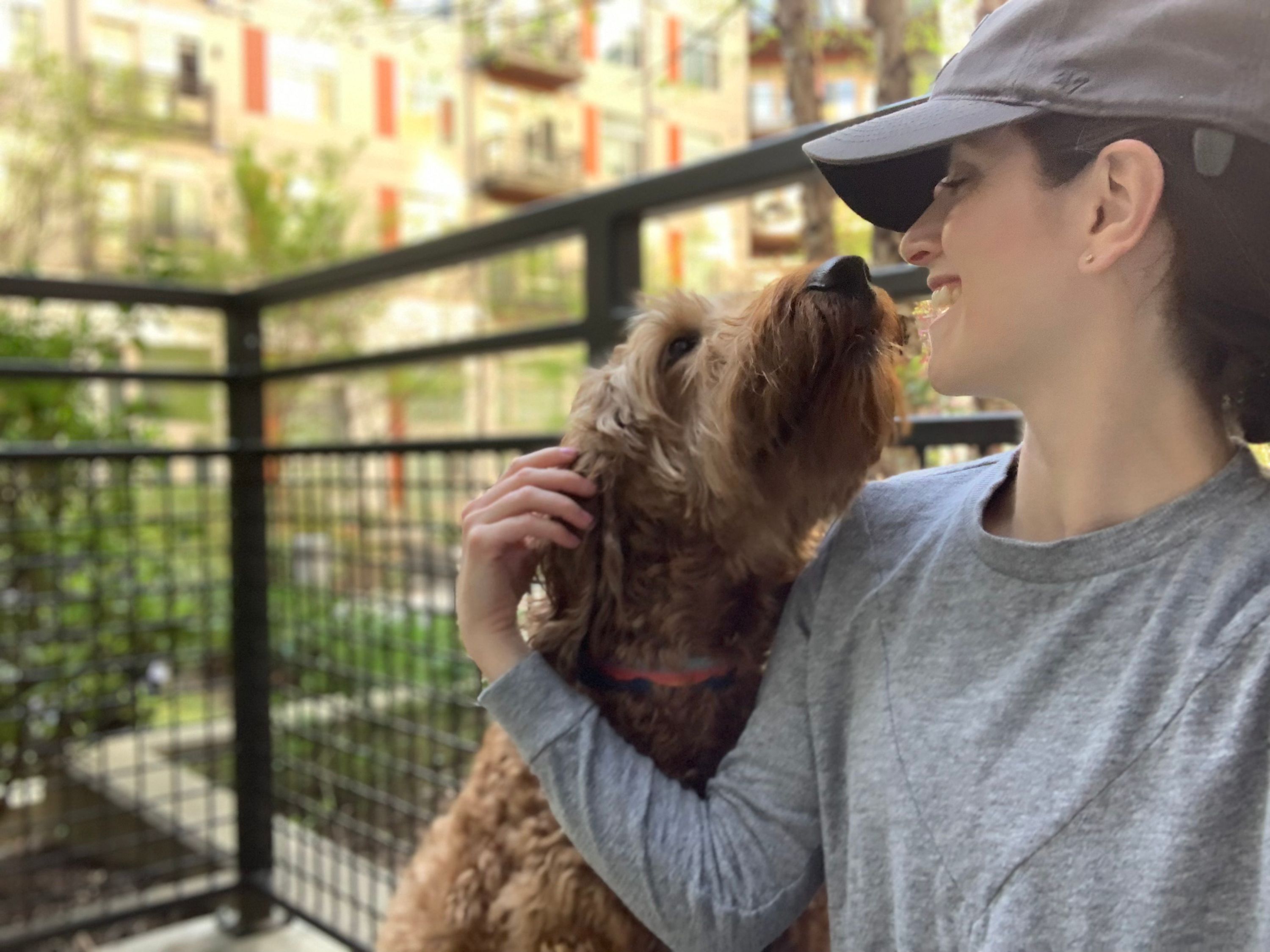Did you know that hearing aids last, on average, from three to seven years (and possibly longer, depending on use and care)? With ever-evolving innovations and new technologies to improve sound quality, user experience, and more, understanding upgrade options for your hearing aids is an important part of the hearing health journey.
In a previous blog, I discussed my personal experience with hearing loss and the solution I ultimately pursued. Due the cause of my hearing loss and trauma to my ear, traditional hearing aids were not an option for me, so I moved forward with a Cochlear™ Baha® System – a bone conduction hearing device that works by attaching a sound processor to a titanium abutment that is implanted in my skull. My sound processor worked remarkably well for the better part of a decade before losing steam and coming to the end of its lifespan right before the COVID-19 pandemic hit. Like many, I transitioned to working from home at that point, a place where I controlled the environment and sounds around me. As a result, I stopped using my Baha® altogether.
I put my device in a drawer for two years and shelved plans for an upgrade. Then, as the world started to reopen and I was again attending conferences and meetings for work and going out to restaurants with my family and friends, I started to notice that I was missing a lot. I was asking my husband to repeat himself and it seemed the TV was never quite loud enough. It became a frustrating experience for all, so I realized I needed to prioritize my hearing health again.
.JPG)
With my ears checked and hearing evaluated, the next step was to work with my ENT and audiologist and the Cochlear reimbursement and insurance services department to process my upgrade order using my insurance. It’s important to check your individual insurance policy for coverage options and to work with your hearing care professional, and (in my case) the manufacturer, to use any benefits you may have.
After a few weeks (due to working through the insurance system), my new Cochlear™ Baha® System arrived! I made a next-day appointment with my audiologist and when I went in, she calibrated my sound processor to my specific hearing loss and conducted another hearing test with my device operational. My audiologist explained use, maintenance, and the features of the app to adjust the volume, change programs, and more. As part of my one-time fitting fee, I will have two years of unlimited access to my audiologist for follow-ups, additional maintenance, questions, and adjustments.
 There’s the saying “use it or lose it” and that’s true when we don’t use our hearing aids. This blog has mostly covered the logistics of obtaining an upgrade, but the journey doesn’t end with the new device. A significant amount of time had passed where I was not using my device and now, with my upgraded Baha®, I have found that adjusting to amplification again is a challenge. There are sounds, like birds chirping or the air conditioner switching on, that I had gotten used to not hearing and are now overwhelming. I am working to adjust back to hearing these sounds again, and in a slightly different way. To help me ease back in, my audiologist suggested starting slowly and increasing wear time each day, an approach that is working quite well.
There’s the saying “use it or lose it” and that’s true when we don’t use our hearing aids. This blog has mostly covered the logistics of obtaining an upgrade, but the journey doesn’t end with the new device. A significant amount of time had passed where I was not using my device and now, with my upgraded Baha®, I have found that adjusting to amplification again is a challenge. There are sounds, like birds chirping or the air conditioner switching on, that I had gotten used to not hearing and are now overwhelming. I am working to adjust back to hearing these sounds again, and in a slightly different way. To help me ease back in, my audiologist suggested starting slowly and increasing wear time each day, an approach that is working quite well.
At the end of the day, I am thrilled with my upgrade, and it makes not only my life better, but for those around me as well. The technology of my device is leaps and bounds ahead of what it was over a decade ago, with streaming from my phone directly to my sound processor (I can take phone calls and listen to music in my head!), program and volume adjustments through the app, and the sound processor itself is smaller than my old one and matches my hair to be completely discreet.
I encourage you to take your hearing health seriously and seek the assistance of a hearing care professional if you notice that you or a loved one are experiencing hearing loss. Not only can hearing loss solutions positively impact your overall health and wellbeing, but the technology is pretty amazing as well and continues to evolve. Don’t miss out on the sounds of your environment or the conversation with friends and family that keeps us connected. Speak with a hearing care professional today to find the treatment method that is most appropriate for your hearing loss and lifestyle.